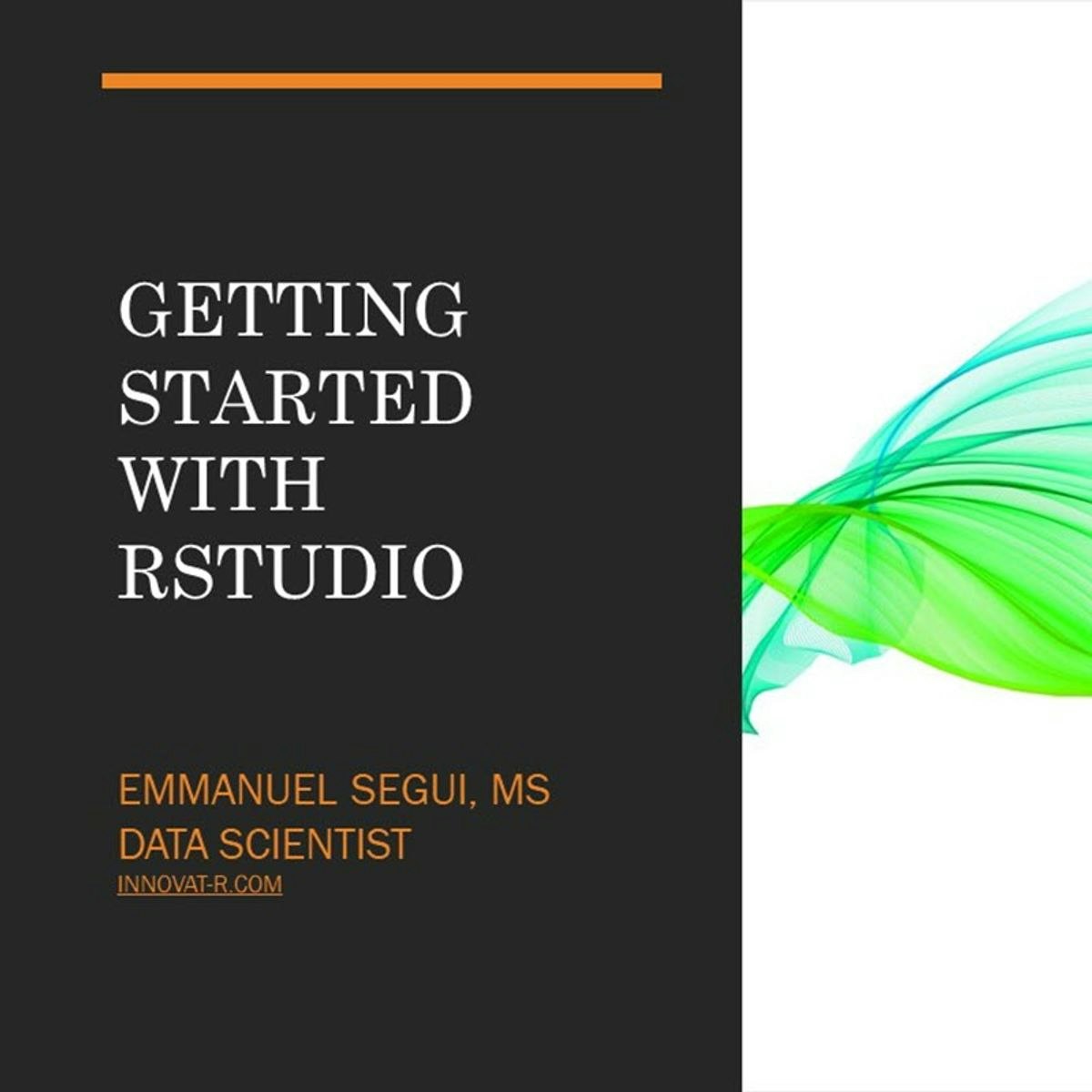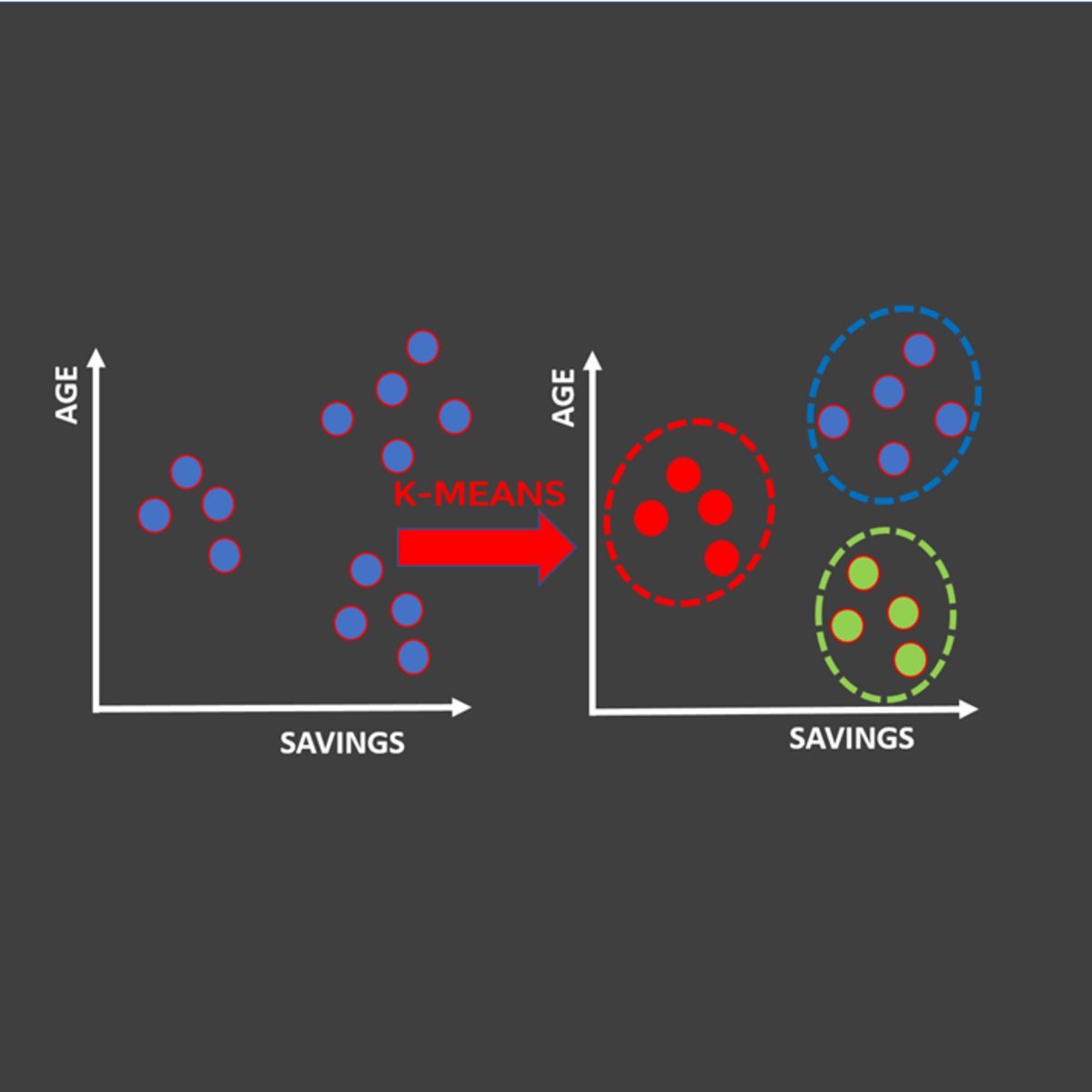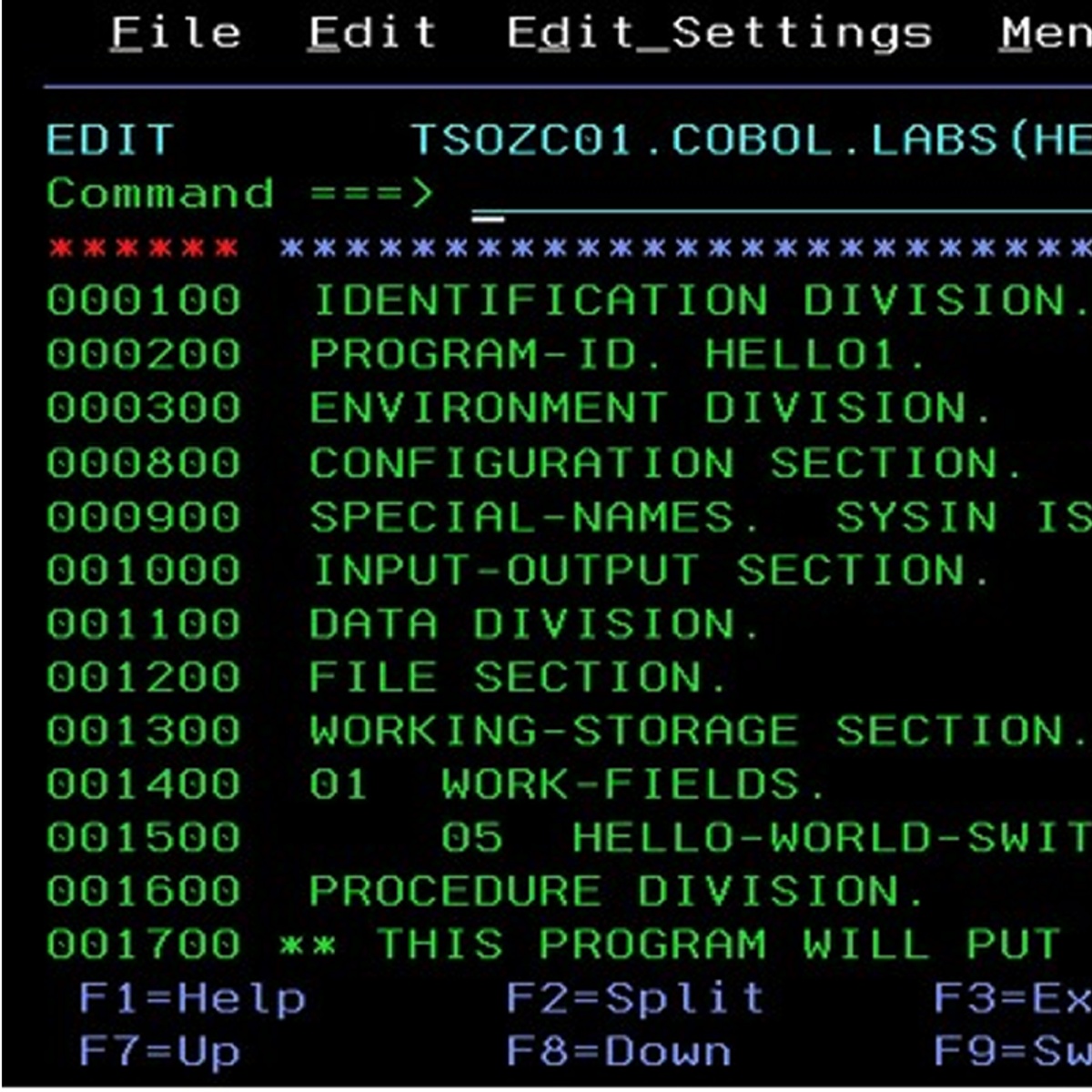Back to Courses









Software Development Courses - Page 27
Showing results 261-270 of 1266

Getting Started with Rstudio
In this 1-hour long project-based course, you will learn everything you need to know to get started with RStudio IDE, including how to install RStudio onto your Windows, MAC or Linux machine, how to use RStudio Cloud, a lightweight, cloud-based version of RStudio, how to start creating R projects, install and load R packages, as well as display interactive maps, graphs and tables with 1 line of code.
This course is perfect if you want to start learning R programming with RStudio: the Premiere IDE for R
Note: This course works best for learners who are based in the North America region. We’re currently working on providing the same experience in other regions.

Exam Prep: AWS Certified Solutions Architect - Associate
This new intermediate-level course from Amazon Web Services (AWS) is designed to help you to assess your preparedness for the AWS Certified Solutions Architect - Associate exam. You will learn how to prepare for the exam by exploring the exam’s topic areas and how they map to architecting on AWS. You will review sample certification questions in each domain, practice skills with hands-on exercises, test your knowledge with practice question sets, and learn strategies for identifying incorrect responses by interpreting the concepts that are being tested in the exam. At the end of this course you will have all the knowledge and tools to help you identity your strengths and weaknesses in each certification domain areas that are being tested on the certification exam.
The AWS Certified Solutions Architect – Associate exam is intended for individuals who perform in a solutions architect role. The exam validates a candidate’s ability to design secure and robust solutions by using AWS technologies. The exam also validates a candidate’s ability to complete the following tasks: Design a solution by using appropriate AWS services and by following architectural principles based on requirements. Provide implementation guidance based on best practices to the organization throughout the workload lifecycle.
This course covers material specific to the SAA-C03 version of the AWS Certified Solutions Architect - Associate exam.
In the new version of the exam, many of the domains and task statements were reordered or renumbered; however, most of the content is the same.
Only one task statement for the new version of the exam is NOT included in this course:
Domain 3: Design High-Performing Architectures, Task Statement 5: Determine high-performing data ingestion and transformation solutions.
At the end of the course materials, you will find a new section (“SAA-C03 Updates”) that contains additional information about differences between the exam versions:
SAA-C02 versus SAA-C03
SAA-C03 New Material

Use React with Express to build a Web Application
By the end of this project, you will use React with Express to build a Web Application that consumes JSON data from an existing Express API.
Often, a dynamic web application consists of many different technologies and programming languages. Creating a web application with NodeJS, Express, and React allows the developer to use JavaScript throughout the stack with a focus on the logic rather than the language.
Note: This course works best for learners who are based in the North America region. We’re currently working on providing the same experience in other regions.

Unsupervised Machine Learning for Customer Market Segmentation
In this hands-on guided project, we will train unsupervised machine learning algorithms to perform customer market segmentation. Market segmentation is crucial for marketers since it enables them to launch targeted ad marketing campaigns that are tailored to customer's specific needs.
Note: This course works best for learners who are based in the North America region. We’re currently working on providing the same experience in other regions.

Unity for Absolute Beginners - Getting Started
In this one-hour, project-based course, you'll take your first steps with the Unity Editor! Unity is used for game-development, of course, but also in industries like Architecture, Film and Television, Automotive engineering and more. In this guided project, you'll learn how to create a Unity ID, download and install Unity Hub, install the Unity Editor and experiment with a Lego microgame.
You'll also browse the Unity Asset Store to select some free assets, download and import them into a new project and take the first steps in creating your first project from scratch.
This guided project will introduce you to the following concepts:
- Unity Editor
- Unity Hub
- Unity Asset Store

IBM COBOL Core
COBOL is a programming language that serves a wide range of businesses. Key aspects of COBOL are that it is scalable, mature, and self-documenting.
In this COBOL CORE class you’ll discover more features of the language, how to handle tables, edit, use switches, numeric usage, and structured COBOL.
Enjoy your ride through the world of COBOL! We’re excited to have you here and can’t wait to get started.

Introduction to building Web Pages using HTML5 and CSS3
Web content is accessed by millions across the globe every day. Attractive web pages help businesses grow and provide an omnipresent experience to the viewers.
In this course you will get an understanding on how HTML5 is used to structure simple web pages from scratch and how CSS3 enhances their appearance. The customized learning environment and step-by step teaching approach of this course augments the learning experience. The real-world scenarios and challenges presented during the course will train you to resolve the different challenges that front-end engineers stumble upon in their work life.

Debugging support for the Node.js runtime in VScode
In this 2-hour long project-based course, you will learn how to use the debugging tool associated with Visual Studio Code. One of the key features of Visual Studio Code is the debugging support. VS Code has a built-in debugger that helps accelerate your edit, compile and debug on a loop. VS Code has built-in debugging support for the Node.js runtime and can debug JavaScript, and TypeScript.
Note: This course works best for learners who are based in the North America region. We’re currently working on providing the same experience in other regions.

Object Oriented Programming in Java
Welcome to our course on Object Oriented Programming in Java using data visualization. People come to this course with many different goals -- and we are really excited to work with all of you! Some of you want to be professional software developers, others want to improve your programming skills to implement that cool personal project that you’ve been thinking about, while others of you might not yet know why you’re here and are trying to figure out what this course is all about.
This is an intermediate Java course. We recommend this course to learners who have previous experience in software development or a background in computer science. Our goal is that by the end of this course each and every one of you feels empowered to create a Java program that’s more advanced than any you have created in the past and that is personally interesting to you. In achieving this goal you will also learn the fundamentals of Object Oriented Programming, how to leverage the power of existing libraries, how to build graphical user interfaces, and how to use some core algorithms for searching and sorting data. And this course is project-based, so we’ll dive right into the project immediately!
We are excited to be offering a unique course structure, designed to support learners of different backgrounds in succeeding at their own pace. The first module explains how this will work and if this course is right for you. We also recommend taking a few minutes to explore the course site. A good place to start is the navigation bar on the left. Click Course Content to see what material we’ll cover each week, as well preview the assignments you’ll need to complete to pass the course. Click Discussions to see forums where you can discuss the course material with fellow students taking the class. Be sure to introduce yourself to everyone in the Meet and Greet forum.
This course should take about 6 weeks to complete. You can check out the recommended course schedule below to see a quick overview of the lessons and assignments you’ll complete each week.
We’re excited you’re here learning with us. Let’s get started!

Prefabs, Nested Prefabs and Variants in Unity
Managing assets in a game can be complicated and confusing. Even for small projects, maintaining consistency of assets across multiple levels is difficult and time-consuming. To help with this task, Unity allows saving of prefabricated objects, or "Prefabs."
In this project, we will explore the power and convenience of Prefabs. We will create a simple "capsule bot," made of primitive objects, and explore how prefabs, with overrides and a special prefab mode, make asset-duplication and reconfiguration simple. We will then explore prefab variants, which inherit from a parent prefab, and nested prefabs that are compound objects made of many child-prefabs.
(There is no coding in this guided project.)
Popular Internships and Jobs by Categories
Find Jobs & Internships
Browse
© 2024 BoostGrad | All rights reserved